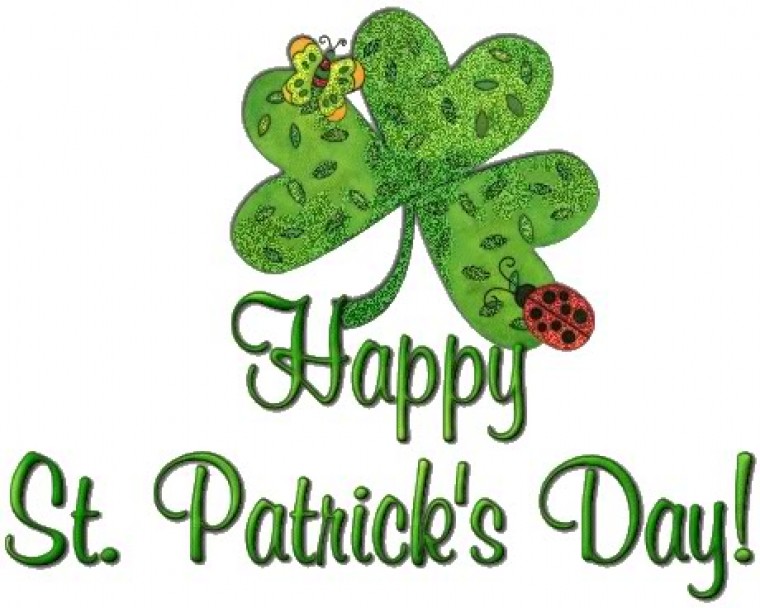Celebrated annually on March 17, St. Patrick’s Day is a holiday known for parades, shamrocks and all things Irish. From leprechauns to the color green, find out how symbols we now associate with St. Patrick’s Day came to be.
The Shamrock
The shamrock, which was also called the “seamroy” by the Celts, was a sacred plant in ancient Ireland because it symbolized the rebirth of spring. By the seventeenth century, the shamrock had become a symbol of emerging Irish nationalism. As the English began to seize Irish land and make laws against the use of the Irish language and the practice of Catholicism, many Irish began to wear the shamrock as a symbol of their pride in their heritage and their displeasure with English rule.
Did you know? The color traditionally associated with St. Patrick was blue, not green.
Irish Music
Music is often associated with St. Patrick’s Day—and Irish culture in general. From ancient days of the Celts, music has always been an important part of Irish life. The Celts had an oral culture, where religion, legend and history were passed from one generation to the next by way of stories and songs.
After being conquered by the English, and forbidden to speak their own language, the Irish, like other oppressed peoples, turned to music to help them remember important events and hold on to their heritage and history. As it often stirred emotion and helped to galvanize people, music was outlawed by the English. During her reign, Queen Elizabeth I even decreed that all artists and pipers were to be arrested and hanged on the spot.
Today, traditional Irish bands like The Chieftains, the Clancy Brothers and Tommy Makem are gaining worldwide popularity. Their music is produced with instruments that have been used for centuries, including the fiddle, the uilleann pipes (a sort of elaborate bagpipe), the tin whistle (a sort of flute that is actually made of nickel-silver, brass or aluminum) and the bodhran (an ancient type of framedrum that was traditionally used in warfare rather than music).
The Snake
It has long been recounted that, during his mission in Ireland, St. Patrick once stood on a hilltop (which is now called Croagh Patrick), and with only a wooden staff by his side, banished all the snakes from Ireland.
In fact, the island nation was never home to any snakes. The “banishing of the snakes” was really a metaphor for the eradication of pagan ideology from Ireland and the triumph of Christianity. Within 200 years of Patrick’s arrival, Ireland was completely Christianized.
Leprechauns
One icon of the Irish holiday is the Leprechaun. The original Irish name for these figures of folklore is “lobaircin,” meaning “small-bodied fellow.” Belief in leprechauns probably stems from Celtic belief in fairies, tiny men and women who could use their magical powers to serve good or evil.
In Celtic folktales, leprechauns were cranky souls, responsible for mending the shoes of the other fairies. Though only minor figures in Celtic folklore, leprechauns were known for their trickery, which they often used to protect their much-fabled treasure.
Leprechauns have their own holiday on May 13, but are also celebrated on St. Patrick’s, with many dressing up as the wily fairies.
Who was St. Patrick? – Read Here
Celebrating St. Patrick’s Day
March 17, 2022 by Team Celebration
Filed Under: SPECIAL DAYS TO REMEMBER Tagged With: celebrating, color green, Ireland, Irish, Irish traditions, leprechauns, parades, shamrocks, St. Patrick's Day
Team Celebration is a devoted group of women dedicated to sharing information that will better the lives of all women making this space a truly convenient Resource for Women globally. Speak Your Mind: You are invited to leave comments and questions below.
~~~~~~~~~~~~~~~~~~~~~~~~~~~~~~~~~~~~~~~~~~~~~~~~~~~~~~~~~~~~~~~~~~~~~~~~~~~~~~~~~
You simply type a KEY WORD into our SEARCH BOX at TOP RIGHT of Homepage and a list of associated topic articles offering truly educational and informative features will be at your fingertips.






